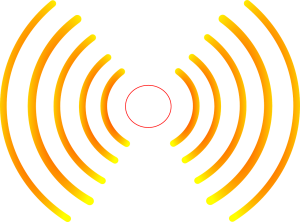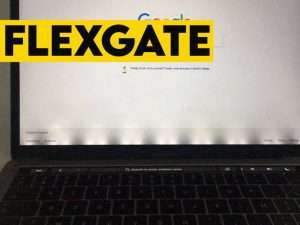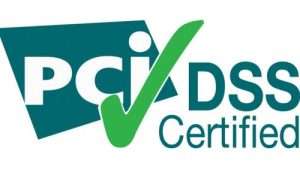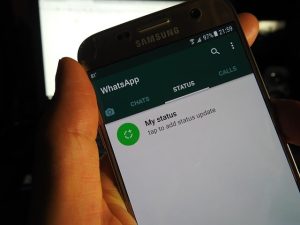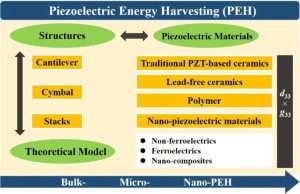How to understand Broadband Plans – Terms Explained
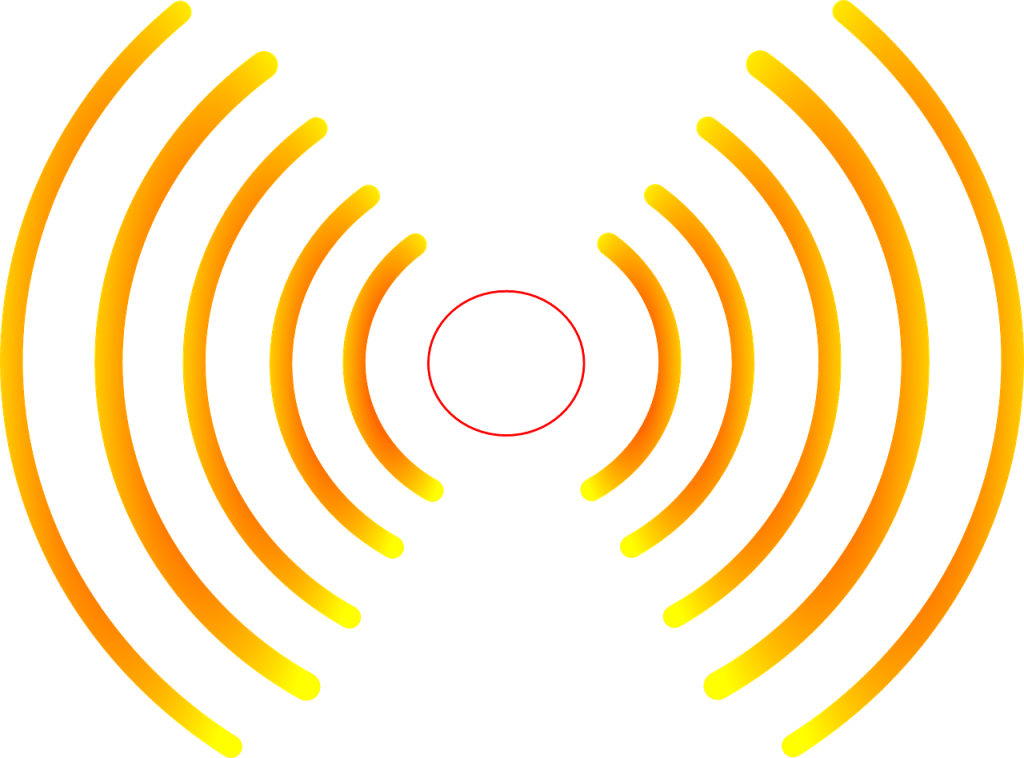
Fast speed and low-cost are the two most important things to the internet users.
While you may feel you’re not getting enough value from your broadband contract, there are certain things you need to understand how this industry works.
Broadband service providers often use technical terms to describe their products and most users do not really understand these terminologies.
This is the reason I would like to discuss some of the jargon, sorry, terms that are relative to broadband services.
Bandwidth – This is the transmission of the speed of your internet connection. It is usually measured in bits per second.
Bit(s) – This is the SI unit of the measurement of the rate or speed data transmitted.
Download – It simply means to save files from the internet to your device or to update an existing file on the internet with more files from another storage.
Carrier – It means your network operator. there are different categories of network operators depending on their license and facilities.
For example, we have a city network carrier, a national carrier, a regional carrier, and a global carrier.
DSL (Digital Subscriber Line) – This is a technology that helps to transmit high bandwidth data via existing copper lines of the telephone connection to a modem.
DSLAM (Digital Subscriber Line Access Multiplexer) – This technology is part of the DSL infrastructure, and it helps to connect more than one DSL interface to a high-speed digital communication channel.
EDGE (Enhanced Data Rates for GSM Evolution) – This tech is used to increase the data rate in your phone radio networks.
FTTB (Fiber to the building) – This means a fiber optic cable that is down to the basement of a building.
FTTC (Fiber to the curb) – It means a fiber optic cable to the sidewalk in front of an apartment.
Fiber optic cable is usually used to transmit data in the form of light signals, therefore, large data can be transmitted over a far distance without interference.
G-Pon (Gigabit Passive Optical Network) – This is a fiber optic system that adopts the point-to-point connection model. The customer will be able to transmit data at fast speed.
GPRS (General Packet Radio Service) It is the standard used in mobile communication for the transmission of data.
HSDPA (High-Speed Downlink Packet Access) – It is the advanced UMTS transmission method that supports data rates of several megabytes per second.
ISDN (Integrated Services Digital Network) – This makes it possible to browse the internet or make calls on two lines.
Cable distributor – A cable distributor ensures that cable lines are distributed within a local telephone network.
Last-mile – It is the last section of the network up to the end customer: Network between cable distribution frame/local exchange/main distribution frame up to the terminal.
Powerline – Internet access via p
RAM (Rate Adaptive Mode) – This is the connection of the Digital Subscriber Line in RAM mode in order to enhance the speed of data transmission.
Radio relay – This tech is used to offer broadband with radio waves to people in remote areas and distribute bandwidth by cable.
SDSL – It is the Synchronous Digital Subscriber Line which makes the transmission of data fast when uploading a file or downloading a file.
UMTS (Universal Mobile Telecommunications System) – It is a standard in mobile communications for that data transmission rates to be in few megabytes per second.
Upstream – This is when you’re sending (uploading) files from your device to the internet.
VDSL (Very high-rate Digital Subscriber Line) – It is just the advanced Digital Subscriber Line, which can transmit data of about 75 megabytes per second.
Video-On-Demand – It is a situation where digital videos can be downloaded on demand via the internet.
IPTV – It is the digital transmission of broadband applications via a digital data network
